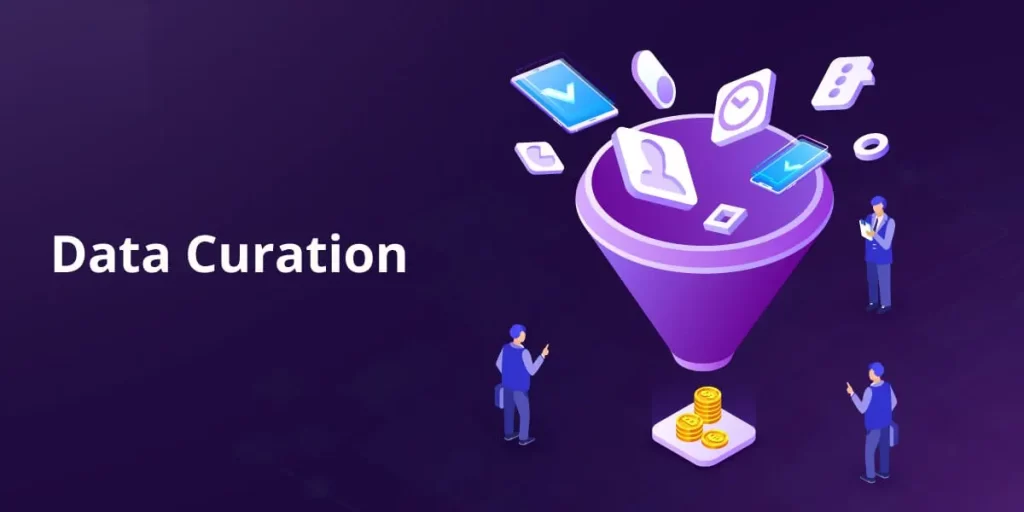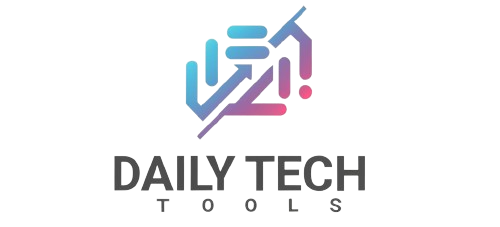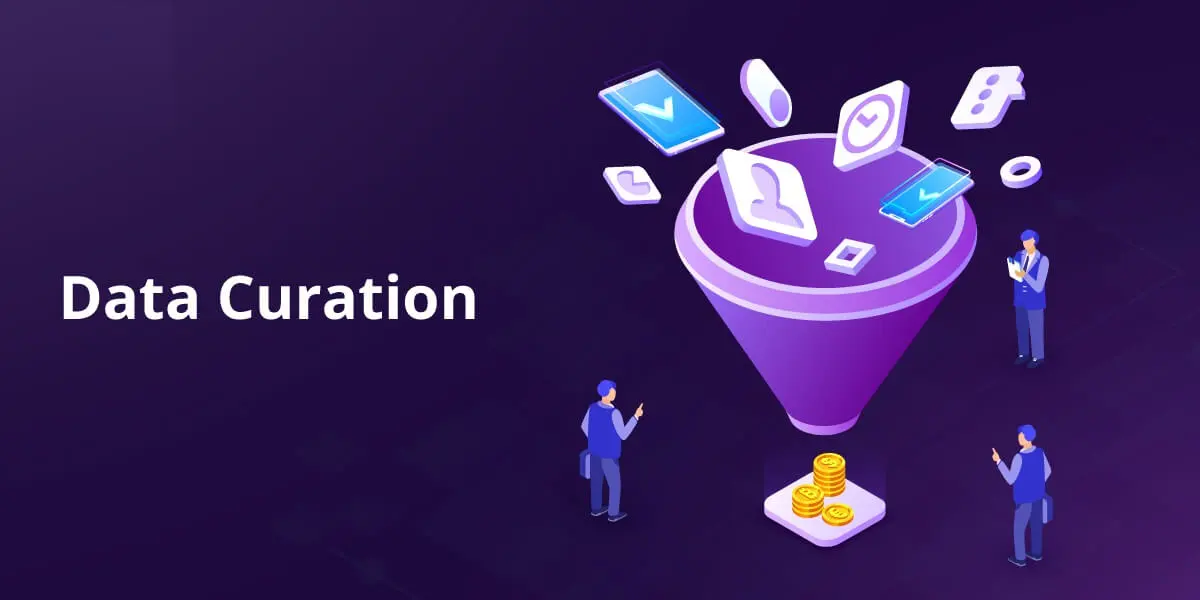Streamline Your Data Workflow with Data Curation Best Practices
Are you drowning in a sea of unorganized data? Is your data workflow a chaotic mess that leaves you frustrated and overwhelmed? It’s time to bring order to the chaos with effective data curation techniques.
Data curation is the process of organizing, managing, and maintaining your data to ensure its accuracy, accessibility, and usefulness.
In this article, we’ll explore some punchy and engaging best practices to help you streamline your data workflow and make the most out of your valuable information.

1. Define Clear Data Goals
Before you dive into the vast ocean of data, take a step back and define your goals. What insights are you seeking to uncover?
By setting clear objectives, you’ll be better equipped to focus on the relevant data, avoiding the trap of getting lost in irrelevant information.
2. Quality Over Quantity
Don’t fall into the quantity trap. More data doesn’t necessarily mean better results. Focus on collecting high-quality, accurate data that aligns with your goals.
This approach saves you time and prevents the headache of dealing with messy, irrelevant information later on.
3. Organize Your Data
Imagine your data as a well-organized library. Categorize and label your data in a way that makes sense to you and your team.
Utilize folders, tags, or metadata to create a structured framework that allows for easy retrieval and analysis.
4. Regular Cleaning Sessions
Data clutter accumulates faster than you think. Schedule regular cleaning sessions to weed out outdated, duplicate, or erroneous data.
This not only keeps your data repository tidy but also ensures the accuracy of your analyses and decisions.
5. Data Security is Non-Negotiable
Protecting your data isn’t an afterthought—it’s a priority. Implement robust security measures to safeguard sensitive information from breaches and unauthorized access. Regularly update passwords, encrypt data, and restrict access to authorized personnel only.
6. Embrace Automation
Why do manual work when automation can do it faster and more accurately? Leverage data curation tools that offer automation features. From data entry to cleaning and analysis, automation reduces human error and frees up your time for more strategic tasks.
7. Collaborate and Communicate
Data curation isn’t a solo endeavor. Collaborate with your team, sharing insights and updates regularly. Effective communication ensures everyone is on the same page, minimizing confusion and maximizing the value extracted from your curated data.
8. Stay Updated with Technology
The world of data is constantly evolving. Stay updated with the latest data curation tools and technologies. Regularly assess your workflow to incorporate new solutions that enhance efficiency and effectiveness.
9. Documentation is Key
Don’t rely on memory alone. Document your data curation processes, decisions, and findings. A well-documented workflow not only serves as a reference for your team but also helps maintain consistency over time.
10. Continuous Learning
Data curation is a skill that improves with practice and learning. Stay curious and invest in your professional development. Attend workshops, webinars, and courses to refine your data curation techniques and stay at the forefront of industry best practices.
In conclusion, data curation is the backbone of a streamlined and efficient data workflow. By implementing these best practices, you can navigate the sea of data with confidence, making informed decisions and unlocking valuable insights that drive your business forward.
Remember, data curation is not a one-time task; it’s an ongoing commitment that pays off in the long run. So, roll up your sleeves and curate your way to data success!

Alvin Newman is an expert in all things technology. He enjoys writing blogs about how to use the latest software and hardware on the market, while also providing advice for using existing technology more effectively. His favorite pastimes include reading comic books and playing video games.





